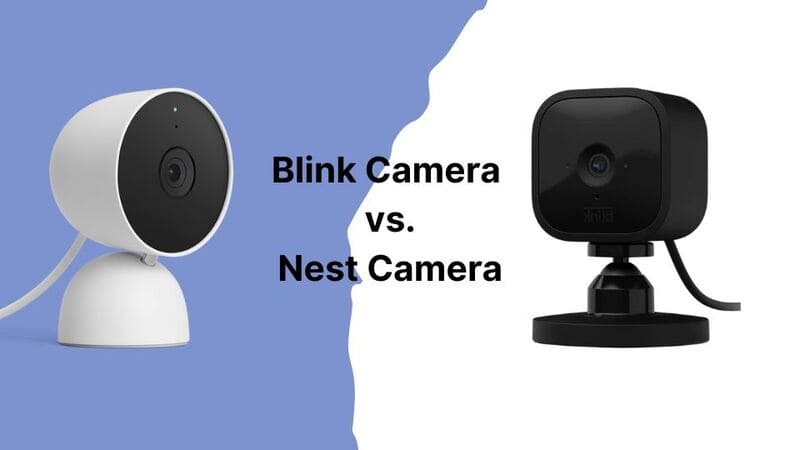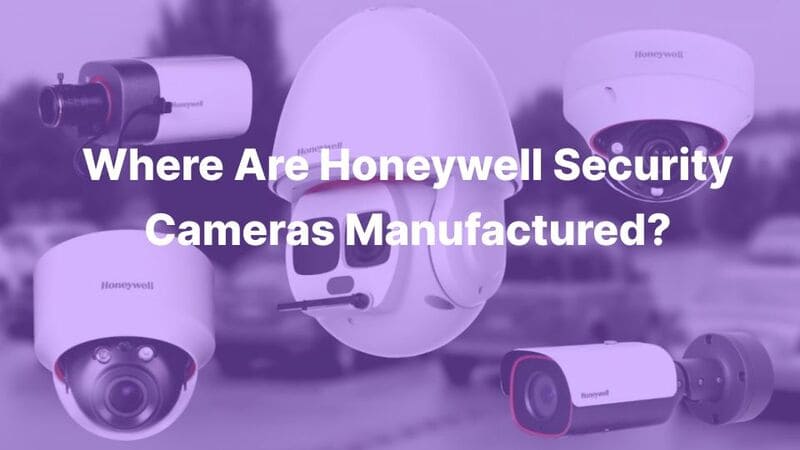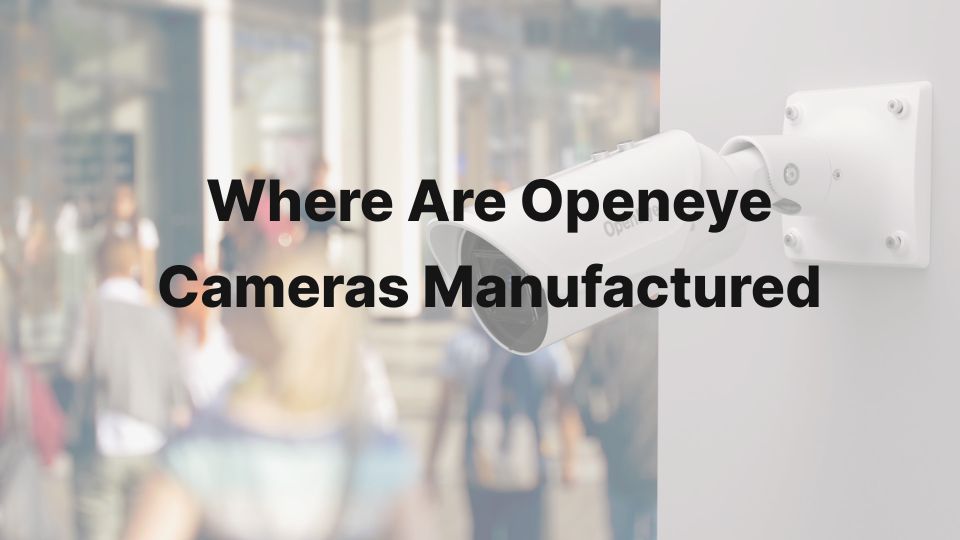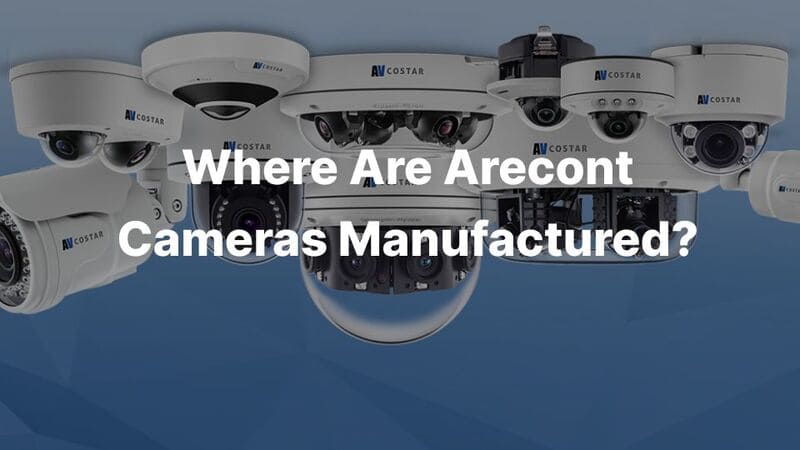Wireless security cameras are becoming increasingly popular among homeowners and businesses due to their flexibility and ease of installation. However, many users are unsure about the different powering methods, leading to a common question: How Do You Power A Wireless Security Camera? This blog will guide you through various options—battery power, AC adapters, Power over Ethernet (PoE), solar energy, and even generator solutions. By exploring the pros, cons, and key considerations of each, you’ll discover which method suits your needs best, ensuring continuous and reliable surveillance for your property.
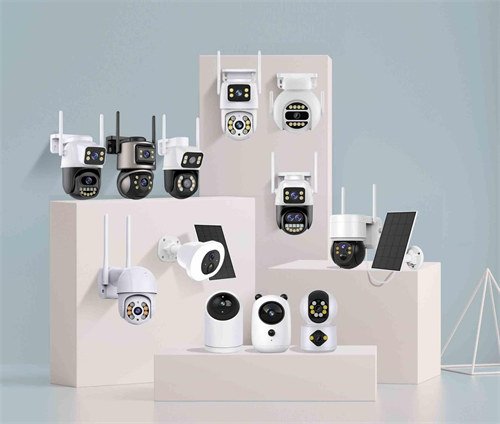
Power Options for Wireless Security Cameras
Battery-Powered Wireless Security Cameras

Battery-powered wireless security cameras are easy to install because they don’t need power outlets. This makes them a great option for many places. These cameras run on batteries, offering flexibility and the freedom to install them without tangled cords.
The battery life of wireless cameras can vary based on usage and the model. For example:
- Night Owl cameras last up to 6 months with 2 batteries and up to 1 year with 4 batteries, depending on the activity being monitored.
- Reolink wireless cameras run for 9-15 hours. In motion detection mode, they can last from 20 days to 6 months.
- Arlo wireless cameras usually last 3-6 months on a single charge, but heavy use can shorten this time.
- Ring cameras have a battery life of 3-6 months, with some models lasting up to 12 months.
- LSVISION cameras last 3-4 months, with some models lasting up to 6 months in standby mode.
These battery-powered cameras are easy to place and move, making them ideal for areas where wiring isn’t practical or possible. Keep in mind that battery life can change depending on how the camera is used and the amount of activity it detects.
Wireless Security Cameras with AC Power Adapters

Powering wireless security cameras using AC power adapters, the camera is plugged into a nearby electrical outlet for operation.
AC adapters can provide continuous power, ensuring the camera works consistently and securely. No need to worry about changing or recharging batteries, making these cameras great for long-term use.
But, if the outlet is easy to reach, someone could tamper with it or disconnect the camera, compromising security. The cable length also needs to be taken into consideration, you must make sure the distance between the camera and the outlet allows flexibility in camera placement without being restricted by the power cable’s length.
Power over Ethernet (PoE) Wireless Security Cameras

Power over Ethernet (PoE) wireless security cameras are a great option for easy installation and better reliability. They transmit both power and data through a single Ethernet cable, so there’s no need for separate power cords. This simplifies the setup process.
Key Features
- Single Cable for Power and Data: PoE cameras send both power and data through one Ethernet cable. This reduces clutter and makes installation easier, without the need for an extra power source or cord.
- Plug-and-Play Installation: PoE cameras are simple to install and can be placed anywhere, without worrying about being near an electrical outlet.
- Centralized Power Management: PoE enables power to be supplied from a central point, like an Ethernet switch or Network Video Recorder (NVR). This reduces the chance of power failures and improves reliability.
Advantages of PoE Wireless Security Cameras
- Reduces Cable Complexity: Combining power and data into one cable simplifies setup and reduces the risk of cable damage or loss.
- Scalability and Flexibility: PoE cameras are easy to expand. You can add or move cameras as needed. Just unplug and relocate them without needing to reconfigure power supplies.
- Enhanced Reliability: PoE cameras are more resistant to power surges and voltage drops, ensuring stable, uninterrupted surveillance.
Considerations
- Requires PoE Switch or Injector: A PoE switch or injector is necessary to deliver power to the cameras through the Ethernet cable.
- May Need Professional Installation: Although the setup is simple, larger or more complex installations might benefit from professional help to ensure optimal performance.
Solar Power Wireless Security Cameras

Solar power wireless security cameras are a great choice for outdoor surveillance. These cameras use solar panels to capture sunlight and convert it into electrical power. This means they don’t require traditional wiring to function.
Key Features
- Solar Panels: These cameras have either built-in or external solar panels that turn sunlight into electricity.
- Rechargeable Batteries: They come with rechargeable lithium batteries that store energy from the sun. This ensures the camera works even at night or on cloudy days.
Advantages
- Environmentally Friendly: Solar power is renewable, reducing the need for fossil fuels and lowering environmental impact.
- Cost-Effective: While the initial cost might be higher, these cameras save money in the long run by eliminating wiring costs and cutting electricity bills.
Considerations
- Sunlight Exposure: Solar-powered cameras need sunlight to work. They perform best with direct sunlight, so avoid areas with shade from trees, buildings, or other structures.
- Camera Placement: Placement is important. Make sure the solar panel faces south and is angled to get the most sunlight.
- Seasonal Variations: In areas with changing seasons, sunlight can vary. If there’s less sunlight, you may need a larger solar panel or a battery with more capacity to keep the camera working properly.
Power Source Considerations for Wireless Security Cameras
To ensure that Wireless Security Cameras function properly and efficiently, there are a few important factors to keep in mind to selecting a power source for wireless security cameras.
Camera Location
Proximity to Power Sources
Make sure wired cameras have nearby power outlets for easy connection. For battery-powered cameras, consider how easy it will be to access them for maintenance and recharging.
Wi-Fi Coverage
Place the camera in an area with a strong Wi-Fi signal to ensure it works smoothly and avoids connectivity problems.
Maintenance Needs
Battery Life
Battery-powered cameras need recharging every 1 to 6 months, depending on usage, battery size, and settings. Cameras in low-traffic areas can last up to 6 months, while those in high-traffic areas may need a recharge every 2-3 months.
Recharging Frequency
Rechargeable batteries need attention based on usage. Some cameras may need recharging every week, while others can last up to a month between charges.
Battery Type
Lithium-ion batteries usually support 300-500 recharge cycles, while nickel-metal-hydride batteries can last for up to 1000 charges, offering a longer lifespan.
Security Needs
Continuous Surveillance
For constant surveillance, AC power or Power over Ethernet (PoE) is recommended for more reliable and uninterrupted service. Battery-powered cameras are less suited for continuous recording, as they drain faster with heavy use.
Motion Detection
Turning on motion detection can save battery life by ensuring the camera only records when there is movement, avoiding unnecessary power use.
Installation Complexity
Professional Installation
For PoE or other advanced wiring setups, I suggest professional installation to avoid wiring issues and ensure safety.
Centralized Power Management
If you are installing multiple cameras, consider using a centralized power distribution box. It makes maintenance easier and keeps wiring organized.
Separate Power Supplies
For cameras at different distances, you will need separate power supplies. This ensures each camera gets enough voltage without overloading the system.
In summary, powering a wireless security camera can be simple if you weigh the pros and cons of each option—battery, AC, PoE, or solar. By choosing the right method for your location and usage needs, you ensure reliable protection and peace of mind. If you’re looking for expert guidance or custom solutions, reach out to icseecam. As a top security camera manufacturer in China, we specialize in designing and delivering tailored security solutions. Contact us today and let our expertise power your next security project.

